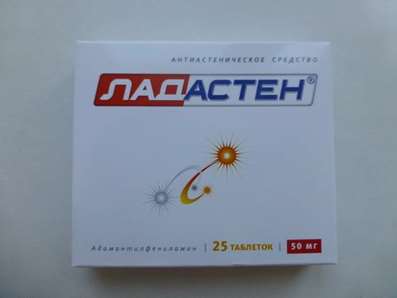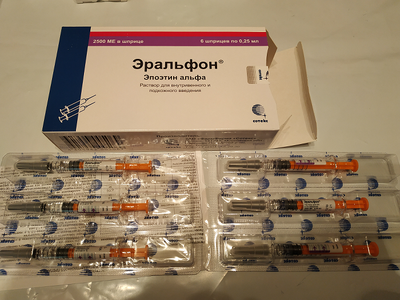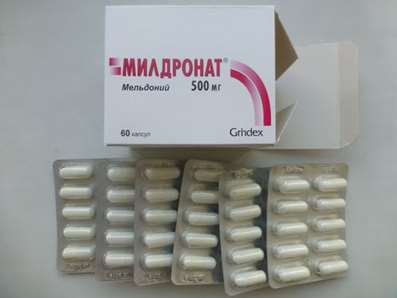Doctor Doping Shop
Mircera 75mcg 0.3ml
USD 350.00
In stock
Be the first to review this item
Mircera is a chemically synthesized representative of a new class of activators of erythropoietin receptors for long-term action. Methoxy-polyethylene glycol-epoetin beta is a covalent conjugate of a protein obtained by recombinant DNA and linear methoxy polyethylene glycol (PEG). Methoxypolyethylene glycol-epoetin beta differs from erythropoietin by the presence of an amide bond between the N-terminal amino group or the ε-amino group of lysine, predominantly Lys52 and Lys45, and methoxy polyethylene glycol butanoic acid. The molecular weight of methoxypolyethylene glycol-epoetin beta is about 60 kDa, including the 30 kDa molecular weight of PEG.
Mircera has an activity different from erythropoietin at the level of the receptor and is characterized by a longer association with the receptor and faster dissociation from the receptor, reduced specific in vitro activity and increased in vivo activity, and an extended half-life that allows Mircera to be administered once a month.
Mechanism of action
Mirsera stimulates erythropoiesis when interacting with erythropoietin receptors on bone marrow precursor cells.
Clinical efficacy
In 97.5% of patients with chronic kidney diseases not on dialysis, Mircera therapy showed anemia correction. In 93.3% of patients with chronic kidney diseases who are on dialysis, Mircera's therapy showed an anemia correction. In patients on dialysis, when transferring from therapy with darbepoetin alfa or epoetin to Mircera therapy, a stable target hemoglobin (Hb) level remains.
Indications:
Anemia in chronic kidney failure (NKF K / DOQI classification - in chronic kidney disease).
Contraindications:
- Hypersensitivity to methoxy polyethylene glycol-epoetin beta or to any other component of the drug.
- Uncontrolled hypertension.
- Children under 18 years of age (safety and efficacy not established).
Carefully
- Pregnancy, the period of breastfeeding, hemoglobinopathies, epilepsy, thrombocytosis (the number of platelets is more than 500 x 109 / L), since the safety and effectiveness of Mircera for these groups have not been studied enough.
Suggested Use:
The drug Mirtsera can be administered as subcutaneously (sc), and intravenously (IV).
The drug should be injected s / c into the shoulder area, the front of the thigh or the front abdominal wall.
The Hb content should be monitored once every two weeks before stabilization and periodically after stabilization.
Standard dosing regimen
Patients not receiving the stimulant of erythropoiesis at the present time. The recommended initial dose: 0.6 mcg / kg iv or c / 1 every 2 weeks, the target hemoglobin> 110 g / l (6.83 mmol / l).
The dose of Mircera can be increased by 25-50% from the previous one, if after a month the increase in Hb is less than 10 g / l (0.621 mmol / l). A further dose increase of about 25-50% can be carried out at intervals of 1 time per month until the individual target Hb content is reached.
The dose of Mircera is reduced by 25-50% from the previous one, if after a month the increase in Hb is more than 20 g / l (1.24 mmol / l). If Hb exceeds 130 g / l (8.07 mmol / l), then therapy should be interrupted before the decrease of Hb less than 130 g / l (8.07 mmol / l) and then resume, at a dose of 50% of the previous one. At the target Hb 120 g / l, the dose of the drug is changed by 25%.
After discontinuation of therapy, Hb is reduced by about 3.5 g / l (0.22 mmol / l) per week.
Correction of the dose of the drug is carried out no more than 1 time per month.
Side effects:
The following categories are used to describe the incidence of adverse reactions: Often (≥1 / 100 and approximately 6% of patients receiving MIRCER may experience side effects, the most frequent of them is hypertension (often).
Adverse reactions of mild or moderate severity, occurring in patients receiving MIRCER:
from the cardiovascular system: arterial hypertension (often); thrombosis of the shunt (rarely), hot flashes (very rarely);
from the nervous system: headache (rarely), hypertensive encephalopathy (very rarely);
from the immune system: hypersensitivity reactions (very rarely);
from the skin and its appendages: maculopapular rash (very rarely)
Special instructions:
Before and during treatment with Mircera, iron deficiency should be eliminated.
Additional iron therapy is recommended if the serum ferritin content is below 100 μg / l or iron transferrin saturation is below 20%.
Absence of the effect: the most frequent reasons for the incomplete response to treatment with agents that stimulate erythropoiesis are iron deficiency, inflammation, chronic blood loss, bone marrow fibrosis, a sharp increase in the concentration of aluminum due to hemodialysis, a deficiency of folic acid or vitamin B12, hemolysis. If all listed conditions are excluded and the patient is observed a sudden decrease in hemoglobin, reticulocytopenia and antibodies to erythropoietin are detected, it is necessary to perform bone marrow examination to exclude partial red cell aplasia (PKAA). With the development of PKAA therapy, Mircera should be discontinued and patients should not be transferred to therapy with other stimulants of erythropoiesis.
There have been reports of the development of PKAA caused by antibodies to erythropoietin, against the background of stimulant therapy of erythropoiesis. Antibodies have a cross-reaction with all stimulants of erythropoiesis. Do not transfer patients with confirmed antibodies to erythropoietin or suspicion of their presence to Mircera therapy.
Arterial hypertension: before and during treatment with Mircera, as well as other stimulants of erythropoiesis, it is necessary to monitor blood pressure. If blood pressure can not be controlled medically, it is necessary to reduce the dose or suspend therapy with Mircera.
The effect on tumor growth: Mircera, like other drugs that stimulate erythropoiesis, is a growth factor that mainly stimulates the formation of red blood cells. Erythropoietin receptors may be present on the surface of various tumor cells. It is possible that drugs that stimulate erythropoiesis can stimulate the growth of any type of malignant formation.
In clinical studies in which epoetins have been used in patients with various malignant tumors, including the head and neck, of the breast, there has been an increase in mortality, the causes of which are unclear.
Packaging:
- Comes in original packaging. Item is brand new and unopened.
Storage:
- Keep away from direct sunlight.
- Keep locked and away from children.
- Store in dry place at room temperature.
- Do not exceed storage temperature higher than 25 C
Important notice- the outer box design may vary before prior notice!

Related products


 Cart
Cart



